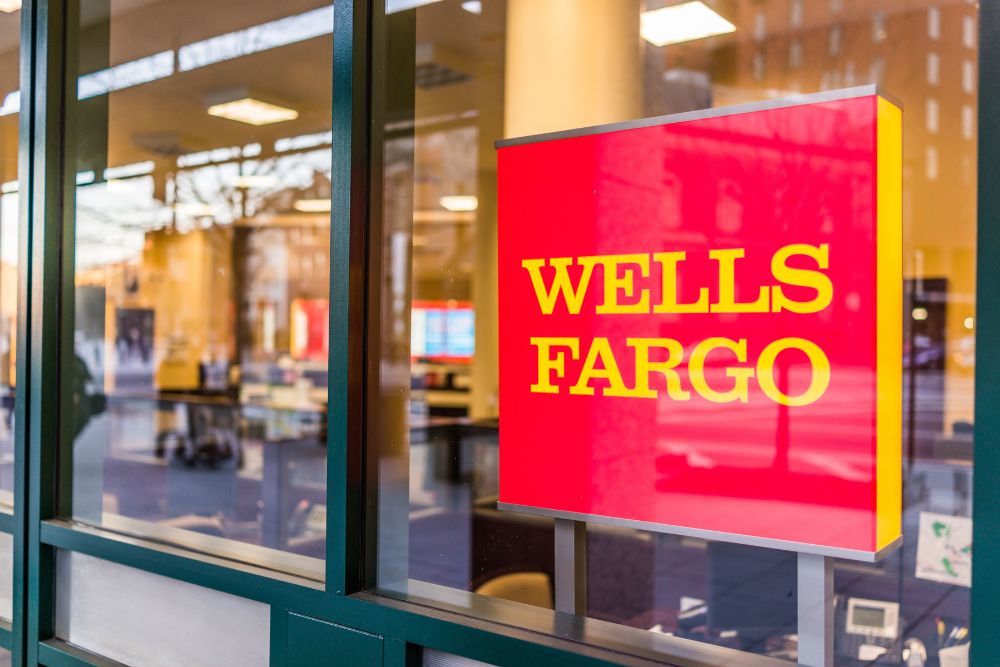Some online banks offer savings rates of 5%.

At the same time, those who have a heavy cash balance in traditional larger banks are not optimizing their returns.
It seems for several years now; all financial institutions have been paying weak yields on savings accounts. Yet that has recently changed, as the Federal Reserve has been increasing the fed funds rate, which has allowed smaller and online banks to offer better savings rates.
Yet, in stark contrast, the largest banks throughout the country continue to keep their savings rates low. This is because they are already cash-rich with the influx of deposits during the pandemic’s early days. There’s also less demand for borrowing as loan rates have gone up. This leaves a minimal incentive to offer higher savings rates.
Those that are raising their rates which are primarily the online banks, have been offering 3.3% and even 4%+ for certificates of deposits with a one-year yield. Yet that isn’t even covering the rate of inflation, which was last at 6.5% back in December. Even so, we are starting to see these online banks start to get competitive, with one even offering a 5% rate for savings accounts. This is based on data collected by DepositAccounts.com.
To put these rates in perspective, the current average rates throughout the nation are at just under a quarter percent, based on data collected from Bankrate. The largest banks? They’re still offering 0.01%.
Of course, these rates only make sense for those with large savings already. Yet do keep in mind that the more you have saved, the better these rates work for you. Take, for example, a savings deposit of $10,000. After a year, you would get just over $330 with a 3.3% savings account. If you keep it in a larger bank with the rate at 0.1%, you’re looking at the earned interest of around a dollar.
Yet even with the obvious benefits of getting these returns, many are still not moving their funds for a variety of reasons.
Some feel that these higher rates are short-term. They’ve already felt that savings rates being so low is common, so why make an effort to move those funds over? Mark McCarron, who is the Chief Investment Officer at Wescott Financial Advisory Group located in Philadelphia, said, “Savings accounts haven’t been making significant returns for people for quite some time now.”
Mr. McCarron added that savings were heavily grown during the pandemic, and now people are spending those savings. The personal savings rate was at 3.4% by the close of 2022, when the previous year, it was more than double at 7.5%. This is based on data gathered from the St. Louis Federal Reserve Bank.
Another area to look at is unemployment. While it’s currently quite low, there’s been recent news about major layoffs within the tech industry. This has led many to see no reason to move funds they’re going to need access to sooner than expected, according to Mr. McCarron.
There are even those that don’t see the power of compound interest, and seeing a higher rate to them still won’t sway them, as mentioned by Perry Wright, who is at the Common Cents Lab at Duke University, as a senior behavioral researcher.
He continued by stating that people looking to make a decision and aren’t fully sure will follow what the masses are doing. Yet with savings, Mr. Wright says, “these actions of moving funds to savings accounts aren’t easily seen.”
He further states, “Without evidence, there’s no action taken.”
Ferarud Calixte, who is a certified financial planner from Burlington, North Carolina, says, “efforts to open the savings accounts simply aren’t worth it,” concerning those who know of the higher savings rates but still choose not to open one.
Yet Ken Tumin, who is the founder of DepositAccounts.com, has said it’s quite easy to open accounts online. Moreover, when opening a savings account at a different bank with a high yield, there’s also no need to close out your banking relationship with your current bank. You may want to connect them for simple transfers, though.
Still, others continue to feel that moving their funds will have them lose benefits and features they get with their existing banks, such as out-of-network ATM reimbursements or no fees when holding minimum balances. Even so, it’s time to check to see just how much needs to be left in those accounts and how much can be moved to get those online savings rates.
Some common questions related to savings
What’s the purpose of moving funds to a new bank that could change the interest rate at any moment?
You may find yourself opening a fresh account with a great rate and then, the next day, see a competitor offer a better rate. You may consider moving from one rate to a better rate as it happens. Yet Mr. Calixte says it won’t help your long-term savings goal as you actually need to leave the funds in there. Mr. Tumin also added that it’s best to choose a competitive rate and stay with it.
It’s also a great idea to see if there are any type of promotional offers out there that may give a one-time cash bonus up front with a minimal deposit. For example, an excellent promotion from Discover ending March 15 gives a $150 or $200 signup bonus if you deposit either $15,000 or $25,000, respectively.
For those searching for a bit of a guarantee, then go for a fixed rate term option such as a certificate of deposit.
What if the savings rates automatically go up, and I already have one? Will I get these new rates?
It depends. Capital One, for example, is having customers take action to open a new account and move their funds into it. Others, like Goldman Sachs’s online savings bank, could just automatically change it for you.
Where can I go to compare rates and yields?
The best place is to use a savings calculator online. There’s a great one at investor.gov
Ressources:
https://www.bankrate.com/banking/cds/best-6-month-cd-rates/
Disclaimer : All loans, bank accounts, and credit cards are subject to credit and underwriting approval. ConsumersAware.org is an information blog and a search platform, not a lender. ConsumersAware.org only works with advertiser partners and networks that comply with laws and regulations of Canada, United Kingdom, United States, Australia, and New Zealand. Credit cards range from $500 to $50,000 with Annual percentage rates (APRs) range from 12.5% to 19.9% and depend on the assessment of your credit profile. Saving accounts high yield terms ranging from 1% to 5% or more. Loans range from $500 to $50,000 with terms ranging from 12 months to 60 months or more. Loans APRs range from 5.99% to 29.8% and depend on the assessment of your credit profile. For example, for a $7,500 loan paid monthly over 24 months, a person would pay $332.40 per month for a total of $7,977.60 over the course of the entire loan period.








